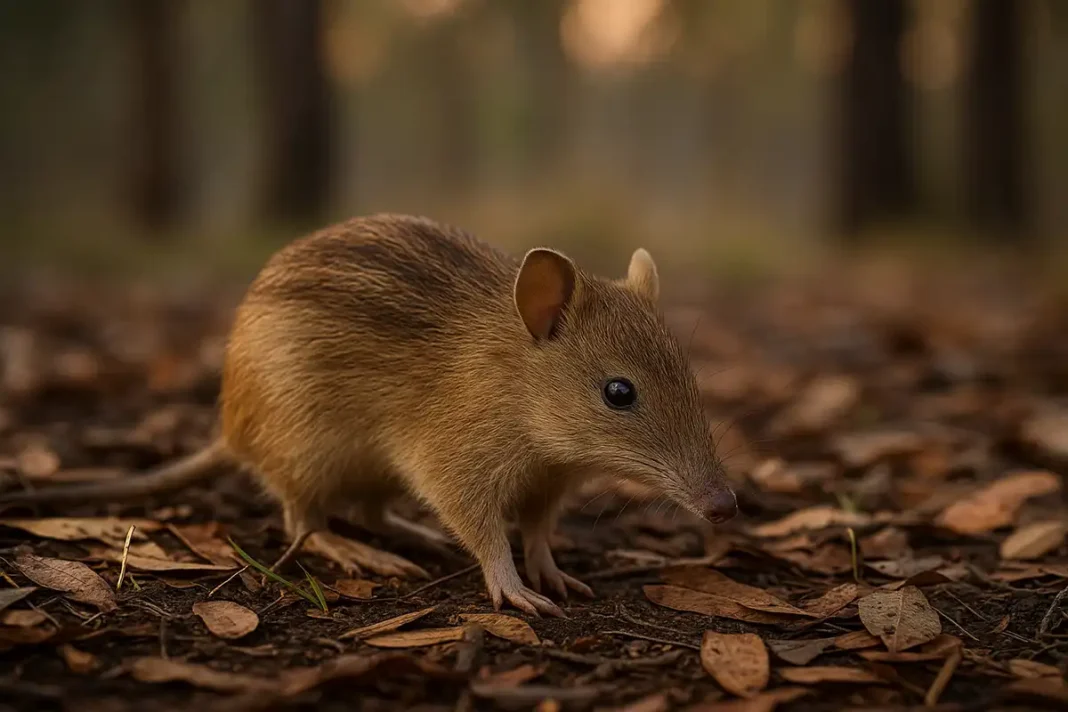Earth Voices – News in brief — 10 October 2025
- IUCN has officially listed the South-eastern striped (southern barred) bandicoot (Perameles notina) as Extinct (EX) in its latest global Red List update, announced at the IUCN World Conservation Congress in Abu Dhabi.
- This represents the species’ first global IUCN assessment, which placed it directly in the Extinct category alongside its close relatives P. myosuros and P. papillon.
- Last known records: Collected in Victoria, Australia, during the mid-19th century; no verified sightings since.
- Its recognition as a distinct species followed modern re-examination of museum specimens using morphological and genetic evidence.
Epitaph for the South-eastern Striped Bandicoot
Soft burrower of moonlight clay,
you read the ground like scripture,
turning the soil with a patient faith
older than fences or plough.
Your stripes—delicate brushstrokes—
were the earth’s handwriting on fur.
You vanished before we learned to read it,
before the iron roads came
and the cats began their long patrols.
Now, in the hush between roots,
a seed remembers you.
And in the breath of dusk,
something still stirs
where you once tended the dark.
Contextual background
The South-eastern striped bandicoot (Perameles notina) was a small insect-eating marsupial once found in Victoria’s grassy woodlands and coastal heaths, possibly extending into south-eastern South Australia. For decades it was grouped with the Western Barred Bandicoot (Perameles bougainville), but careful analysis of 19th-century museum skins and skulls confirmed it as a distinct, now-extinct species.
All known specimens were collected between 1839 and 1860, a period of profound transformation following European settlement. Within a single human generation, habitat clearing for agriculture, cat predation, and frequent burning of remnant vegetation erased entire colonies. By the time science recognized its individuality, the species had already slipped beyond recovery.
The IUCN’s October 2025 Red List entry marked its first global listing, placing P. notina as Extinct alongside two other barred bandicoots identified only through historical material. Its loss embodies a wider Australian pattern: the quiet disappearance of small, ground-dwelling mammals whose ecological roles—soil aeration, seed dispersal, and invertebrate control—once sustained the continent’s biodiversity. In recent years, conservationists have revived these functions through reintroductions of close relatives into fenced sanctuaries and predator-controlled reserves, underscoring how the ghosts of extinct bandicoots still guide the management of the living landscape.
